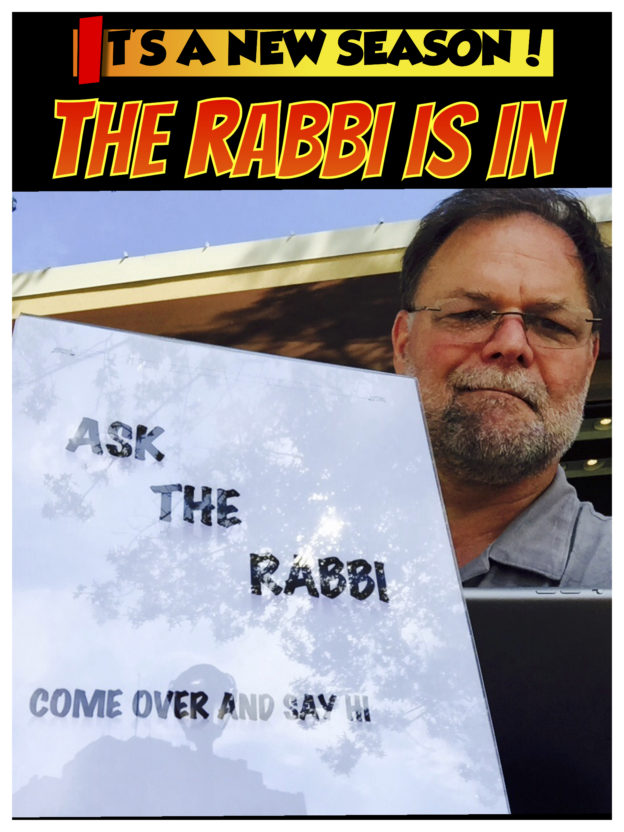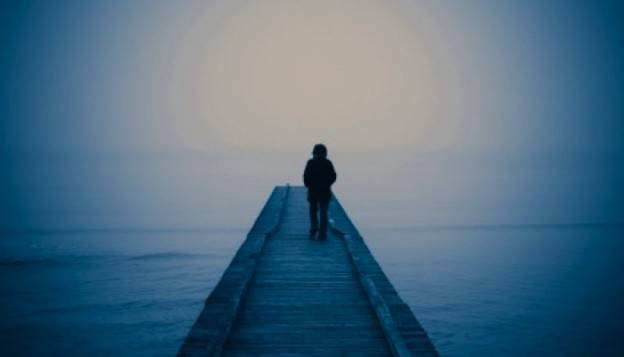April 15 will be the final day in the life of Temple Beth El in Spring Valley. That was my home growing up. She has merged with another and is now part of the new Reform Temple of Rockland County. Her time has passed, but it is so difficult to say goodbye to a place that is so much a part of me. I learned so much there, developed friendships that still endure, knowledge of my heritage that connects me, a lens through which to look at life and understand it, giving me the foundation upon which to build a meaningful life. It was in this place that I learned about things greater than myself, what it meant to be Jewish, what it meant to be a mensch. My rabbi, Rabbi Frishman z”l, and my cantor, Cantor Weinflash z”l, were towering figures then and still serve as guides along my path. Saying goodbye to this special place is very hard.
The building was much more than a structure; in many ways it was as much home to me as the place I went to lay my head at night. Temple was a place of extraordinary and wonderful experiences. I learned in the classrooms and to teach there as well, to sing in the choir box, to pray in the pews, to engage in the community, to champion important values and causes, to learn about culture and art, to develop a love of Israel and the Jewish people, to ponder great questions and explore the answers, to find meaning under the watchful care of those who loved and nurtured me.
At Temple I became Bar Mitzvah and was married. At Temple I said goodbye to my parents. Our family names adorn the honor wall and Yahrzeit plaques, my dad’s name on the panel of presidents, pictures of me and my brother and sister standing on the bima as part of our confirmation classes, art contributed by my parents, and on and on and on. Words alone are inadequate to express the depth of my emotional attachment this place represents. Almost every corner of the building has a memory of my time there growing up. I am truly blessed to have been there and been a part of it.
On April 15, we will gather one last time in the Sanctuary of Temple to welcome Shabbat and celebrate a place so many of us called home. Temple Beth El lives on in the people who received the gifts from being involved there. Times change and once useful buildings can outlive their purpose, but the relationships and the beauty created in this special place will endure. This is the blessing of Temple bestowed upon us.









